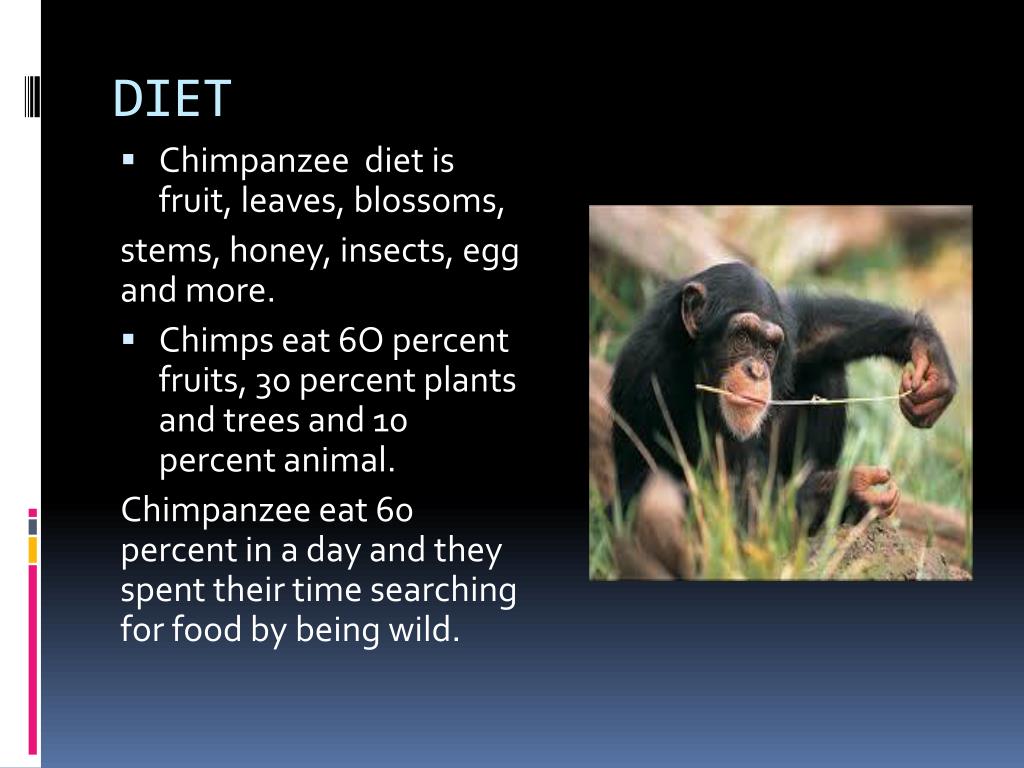

Kanyawara chimpanzees, like gibbons ( Hylobates albibarbis), spider When drupes are scarce ( Marshall & Wrangham,Ģ007 Wrangham et al., 1991 1996). Soluble sugars ( Conklin-Brittain & Wrangham,ĭespite this lower quality, figs are major fallback foods because they are abundantĪnd available year-round, allowing the proportion of figs in the diet to increase Lower-quality fruits compared to drupaceous fruits, which tend to be richer in Furthermore,Īvailability of drupes has been associated with positive energy balance among maleĬhimpanzees in Kanyawara ( Emery Thompson, Muller,įigs ( Ficus spp.) have a high fibre content and are Anotherīehavioral response associated with drupe-months is increased hunting rates ( Gilby & Wrangham, 2007). Scarcity (fig-months) ( Conklin-Brittain, et al.,įig-months, Kanyawara chimpanzees feed in smaller groups and increase their dietaryīreadth ( Wrangham et al., 1996). That Kanyawara chimpanzees ( Pan troglodytes schweinfurthii) exhibitĪ range of behavioral and physiological modifications during periods of drupe-fruit Gilby & Wrangham, 2007 Wrangham et al., 1996). Respectively), have been documented at Kanyawara, Kibale National Park, Uganda Two distinct periods of fruit production, drupe-fruit (or non-fig) andįig-fruit seasons (hereafter referred to as drupe-months and fig-months Morrogh-Bernard, & Chivers, 2010 Irwin, Raharison, Raubenheimer, Chapman, & Rothman, 2014 Lambert & Rothman, 2015 Masi, Cipolletta, & Robbins, 2009 Tutin, Ham, White, & Harrison, 1997 Wright et al., 2015). Furthermore, during fruit-scarce seasons, frugivorous primates canĪdjust their behavior by feeding in smaller groups (reducing inter-individualĬompetition), by increasing or reducing their foraging time, travel time or dietīreadth, and by incorporating lower-quality foods ( Doran, 1997 Felton, Felton, Wood, & Months of highest fruit production, orangutans increased their intake of calories byįeeding on a diet dominated by fruit ( Knott,ġ998).

( Gorilla beringei) ( Conklin-Brittain, Knott, & Wrangham, 2006 Knott, 1998 MasiĮt al., 2015 N’guessan, Ortmann, & Boesch, 2009 Rothman, Dierenfeld, Hintz, & Pell, 2008). Pygmaeus), western gorillas ( Gorilla gorilla), westernĬhimpanzees ( Pan troglodytes verus), and mountain gorillas In fruit availability affecting diet and nutrient composition has been documentedįor many ape species, including chimpanzees, orangutans ( Pongo On frugivore foraging, and that they influence net energy gain more by theirĮffects on macronutrient composition or foraging cost than by their directĪs frugivorous primates, chimpanzee ( Pan troglodytes)įoraging success is constrained by fruit availability ( Newton-Fisher, 1999 Tutin et al., 1991).

Our data suggest thatĭifferences in diet quality between drupes and figs can have important effects When leaves and pithy stems dominated the diet. Metabolisable energy intake did not differ consistently between drupe-months andįig-months, they consumed more on days when ripe fruit dominated the diet than Lipids, and less available protein and neutral detergent fibre. Furthermore, duringĭrupe-months female chimpanzees ingested more water-soluble carbohydrates and However, foraging costs were higher duringįig-months, as indicated by a 20% increase in feeding time. The meanĭaily intake of food (dry matter) and metabolisable energy, did not differīetween drupe-months and fig-months. Months, whereas the other fourteen months were dominated by fig fruits. Uganda from January 2014 through June 2015. Schweinfurthii) of the Kanyawara community in Kibale National Park, We examined the effects of fruit availability on macronutrient and metabolisableĮnergy intake by adult female chimpanzees ( Pan troglodytes Daily energy intake of adult female mammals is influenced byĮnvironmental conditions and physiological requirements, including reproduction.


 0 kommentar(er)
0 kommentar(er)
